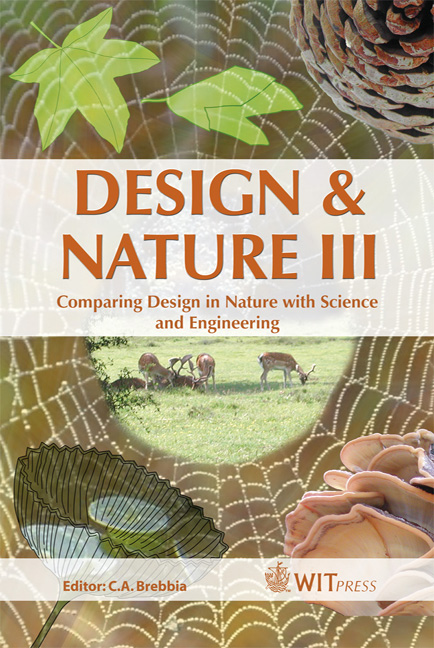Flapping-wing Aerohydromechanics In Nature And Engineering
Price
Free (open access)
Transaction
Volume
87
Pages
9
Published
2006
Size
1,097 kb
Paper DOI
10.2495/DN060011
Copyright
WIT Press
Author(s)
K. D. Jones & M. F. Platzer
Abstract
Flapping wings have been the propulsion system used by birds, insects and fish for millions of years. Yet, the preferred system for aircraft and ship propulsion is the propeller or jet engine. It is the objective of this paper to show that recent interest in the development of micro air vehicles may lead to the adoption of flapping-wing propulsors as the superior system. Also, it is shown that flapping hydrofoils may have potential as effective water energy conversion devices. The knowledge gained in the aerohydromechanics of birds, insects and fish therefore may soon be applied to the design of air vehicles and power generators. Keywords: air vehicle design, hydropower generation, flapping-wing aerohydromechanics. 1 Introduction Birds, insects, fish and cetaceans use flapping wings as thrust and lift generators. Therefore, it is not surprising that the idea of adopting flapping wings for the propulsion of man-made objects was examined as early as 1490 by Leonardo da Vinci. At the end of the 19th century and the beginning of the 20th century, numerous attempts were made to develop flight vehicles using flapping wings. One of these early flight pioneers was Otto Lilienthal in Berlin, who remarked about his fascination in observing the flight performance of storks [1]. Indeed, anyone looking at fig. 1 will marvel at the pelican’s flight abilities. An examination of the scientific literature on the aerohydromechanics of flapping wings, as conducted recently by Rozhdestvensky and Ryzhov [2], reveals many studies of the physics of flapping-wing propulsion with the goal of exploring
Keywords
air vehicle design, hydropower generation, flapping-wing aerohydromechanics.





